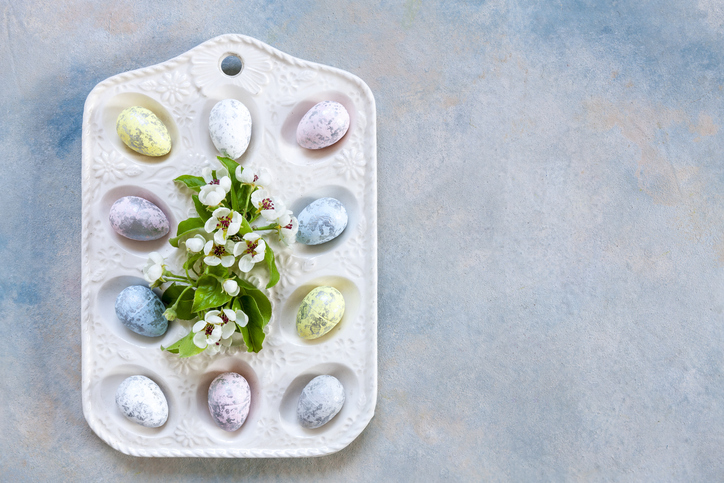Unveiling Easter's Pagan Tapestry: Exploring Ancient Roots
Coventry Creations Candle- Affirmations Goddess. Wicked Good Spray- Florida Water
As spring unfolds its vibrant tapestry, Easter, with its colorful eggs, fluffy bunnies, and joyful celebrations, marks a time of renewal and rebirth. Beyond its religious significance, Easter carries a rich history deeply intertwined with pagan traditions that predate its Christian associations.
pagan traditions that predate its Christian associations.
Let's embark on a journey to unravel the pagan roots of Easter, discovering the fascinating tapestry that has woven its way through time.
The Vernal Equinox, Easter's timing aligns with the vernal equinox, a celestial event marking the arrival of spring when day and night share equal lengths. Pagan cultures across the globe celebrated this equinox as a symbol of balance and the return of life after the cold grasp of winter.
The Goddess Eostre, One of the most prominent pagan figures associated with Easter is the Germanic goddess Eostre, a deity of fertility and dawn. Celebrated during the spring equinox, Eostre's presence is said to have inspired the name and timing of the Easter festival. Her symbols, such as hares and eggs, are believed to represent fertility and the cycle of life.
Eggs as Symbols of Fertility, The tradition of decorating eggs predates Christianity, with various ancient cultures adopting eggs as symbols of fertility and new beginnings. Persians, Greeks, and Romans exchanged decorated eggs during spring festivals, symbolizing the potential for life and growth.
Hares and rabbits, prolific breeders, have long been symbols of fertility and renewal in pagan traditions. Eostre's association with these creatures has contributed to their inclusion in Easter folklore. The Easter Bunny, a delightful and enduring symbol, likely has its origins in these ancient beliefs.
As Christianity spread, it often assimilated existing cultural practices to ease the transition for new converts. Easter, strategically aligned with pagan spring celebrations, absorbed elements like eggs, bunnies, and the vernal equinox, creating a unique fusion of Christian and pagan traditions.
Easter's pagan roots, deeply embedded in the ancient fabric of springtime celebrations, add layers of symbolism and meaning to the modern-day festivities. As we exchange brightly colored eggs and revel in the joy of the season, we can appreciate the diverse cultural tapestry that has shaped this beloved holiday over centuries. Whether rooted in religious beliefs or pagan customs, Easter remains a time of hope, renewal, and the eternal cycle of life.
When you subscribe to the blog, we will send you an e-mail when there are new updates on the site so you wouldn't miss them.

Comments